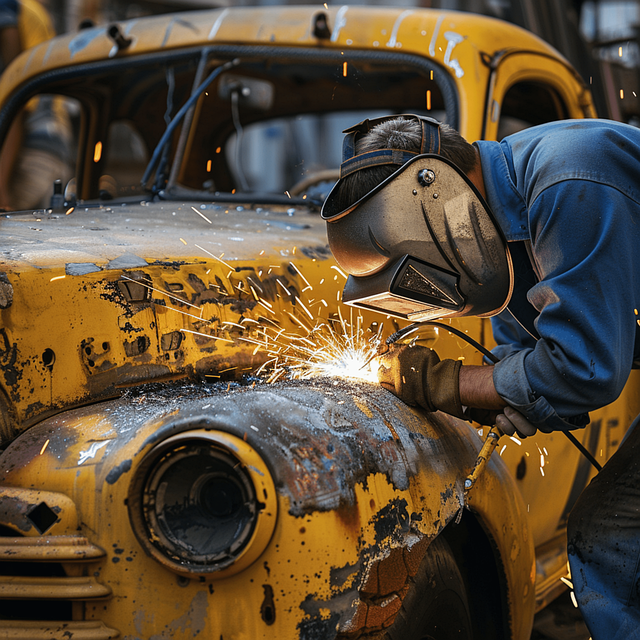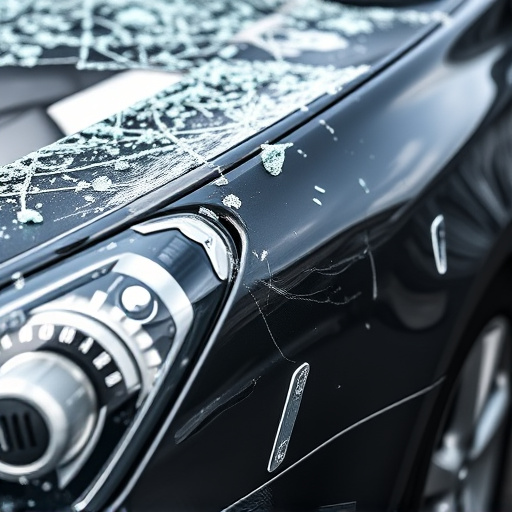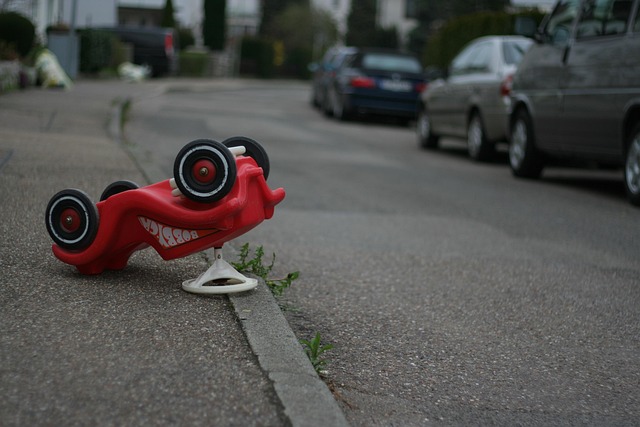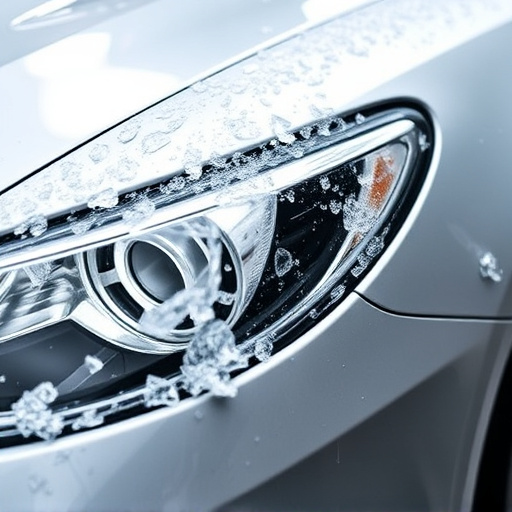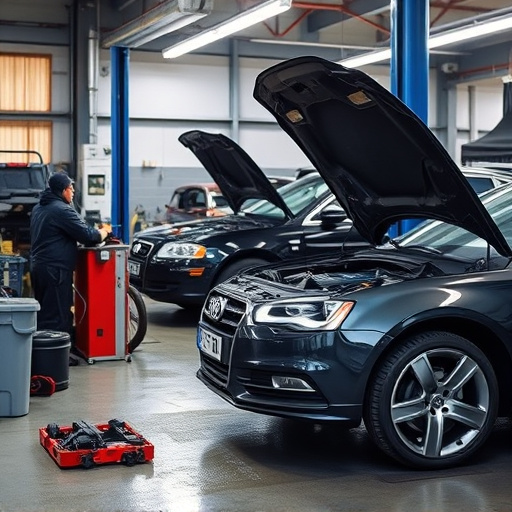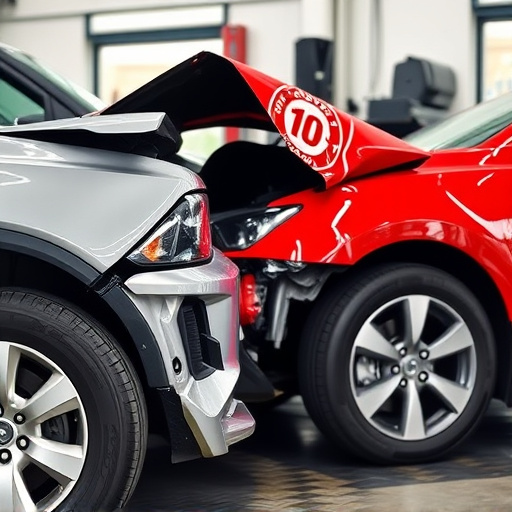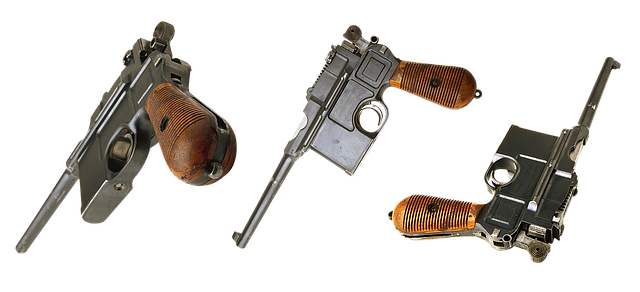DIY enthusiasts often misinterpret visual signs of frame damage, leading to incorrect assessments due to a lack of understanding of frame dynamics and energy distribution during impact. Professional body shops use specialized tools and expertise for accurate interpretations. Environmental factors like humidity and temperature can alter metal properties, affecting measurements. Many attempt DIY frame damage assessment using basic tools but often make mistakes due to inadequate testing methods. Specialized equipment is crucial for identifying structural integrity issues, especially in safety-critical components, avoiding costly mistakes during collision repair or bodywork restoration.
“Uncovering hidden dangers in your home? DIY frame damage assessment seems like a straightforward task, but common mistakes can lead to costly repairs. This article sheds light on three prevalent blunders: misinterpreting visual signs of damage, overlooking environmental factors, and using inadequate testing methods. By understanding these pitfalls, you’ll gain valuable insights for a thorough and accurate frame damage evaluation, ensuring your peace of mind.”
- Misinterpreting Visual Signs of Damage
- Neglecting to Consider Environmental Factors
- Inadequate Testing Methods and Tools
Misinterpreting Visual Signs of Damage

Many DIY enthusiasts attempting frame damage assessment often misinterpret visual signs, leading to incorrect conclusions about a vehicle’s structural integrity. What appears as a minor dent might be indicative of significant internal displacement, especially in older models or vehicles involved in previous collisions. Conversely, what seems like severe deformation could be merely cosmetic, particularly if the damage is recent and hasn’t had time to set.
This misperception can stem from a lack of understanding of frame dynamics—how energy distributes itself during impact. Professional vehicle body shops employ specialized tools and expertise to accurately interpret these signs, ensuring proper car collision repair and bodywork services. Even with modern safety standards, the human eye alone isn’t reliable for assessing frame damage, highlighting the importance of seeking professional help when dealing with structural integrity concerns post-collision.
Neglecting to Consider Environmental Factors

When conducting a frame damage assessment for vehicles, a common oversight is failing to account for environmental factors. This can significantly impact the accuracy and reliability of the evaluation process. For instance, working in a humid environment may affect metal properties, making it challenging to determine the true extent of frame damage. Similarly, extreme temperatures can cause materials to expand or contract, potentially leading to inaccurate measurements.
Considering these variables is crucial for ensuring the integrity of the assessment, especially when dealing with complex frame repairs like those required at a reputable auto collision center. Environmental conditions play a vital role in how a vehicle’s structure behaves post-collision, influencing the decision-making process for skilled automotive repair technicians.
Inadequate Testing Methods and Tools

Many DIY enthusiasts attempt to assess frame damage on their vehicles or cars themselves, but this often leads to common mistakes due to inadequate testing methods and tools. While a visual inspection is a good starting point, it’s not enough to accurately determine the extent of frame damage. Simple tools like hammers and torches might seem like they can handle the job, but these methods lack precision and can result in further complications during car collision repair or vehicle bodywork restoration.
Without specialized equipment designed for frame damage assessment, such as laser measurement devices or advanced non-destructive testing (NDT) techniques, DIYers may miss crucial signs of structural integrity issues. This is especially dangerous when it comes to safety-critical components like the chassis and suspension systems in car body repair. Relying on guesswork can lead to costly mistakes and pose risks during subsequent repair processes.
When conducting a DIY frame damage assessment, it’s crucial to avoid common pitfalls. Misinterpreting visual signs, overlooking environmental influences, and employing substandard testing methods can lead to inaccurate conclusions. To ensure thorough and reliable assessments, familiarize yourself with the latest tools and consider broader factors. Remember, proper frame damage assessment is key to effective preservation and repair.
